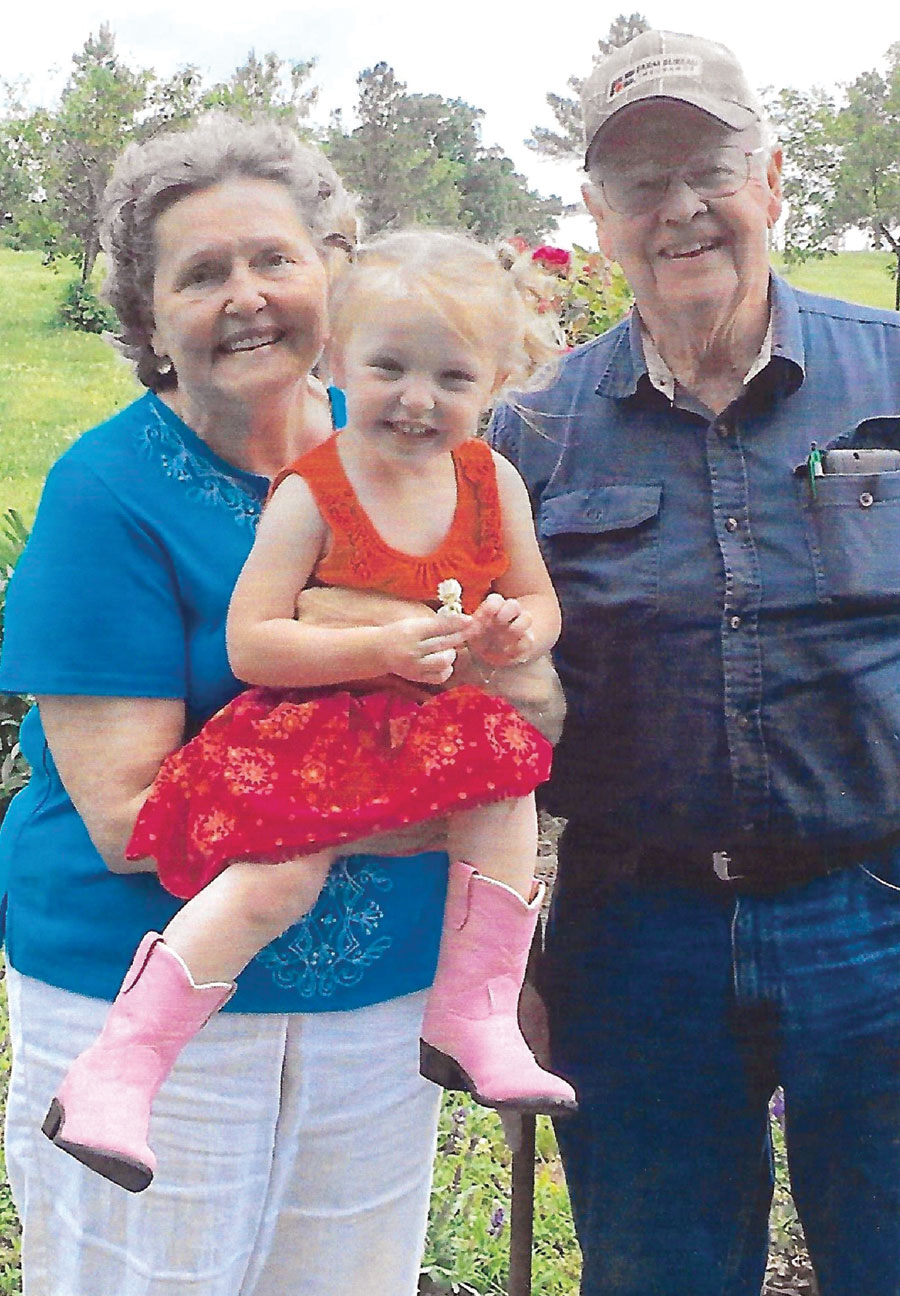 Retirement returns Al Chapman to the farm that has been in his family for generations
Retirement returns Al Chapman to the farm that has been in his family for generations
“There are certain values that are embedded in those who are raised on a farm, particularly the small farms, that will give them a reality of life that will hold them in good stead, regardless of what profession or area that they go into later in their life — they will simply be well grounded…”
Al Chapman
The stories of Ozark folks have to start somewhere and for many that lineage can be somewhat blurry. But for Albert (Al) Chapman that story begins in 1700 when Samuel Chapman ventured across the big pond to plant his roots in Virginia. Like many restless adventurers: the quest for something different, sustainable, and exciting lures them further westward like a siren’s song.
The Chapman ancestors loaded their wagons, moving through South Carolina, Tennessee, on to Illinois and then dropping southward into the furthest southwest corner of Missouri, McDonald County, to finally settle in the slight rolling hills and fertile valley of what was first called Beaver Springs.
Although Coleman W. Chapman had intentions to move on to Arkansas, James Tatum convinced him to stay in this locale, seeing he was a minister. Coleman purchased part of the land that would later become known as the bustling Strawberry Capital of the World, present-day Anderson, Mo., and took up his trade of wagon making, as well as, farming.
As history played out, the Civil War forced young men to choose sides or leave the area altogether and such was the dilemma of the Chapman family. Coleman and three of his sons travelled to Texas upon threats by bushwhackers to the men folk. While Coleman did not join the Confederate Army, three of his older sons did and went on to Arkansas. One son, John, lost an arm in the conflict and returned to Anderson to begin farming west of town.
Returning to Missouri, Coleman would donate the land where his Baptist Church stood, and it became the site of the Anderson Cemetery, lying along Beaver Creek under the shade of mighty oak trees.
Though handicapped by war, John would go on to be the McDonald County Assessor for many years and his son, Harry, bought some 80 acres west of Anderson in a sleepy little valley with a small creek, the year was 1908. Harry was Al’s grandfather, and this is where Al Chapman’s story continues…Al reminisces about the old house that was his childhood home, having stacked rocks as a foundation and clap board siding. Some days the hogs could be found resting underneath the home. It was exciting times when electricity finally arrived in the 1940s, but then only to light the house. No fancy amenities.
“It was a tough time during the depression, much harder on my parents than myself,” Al recalled. “All of us were in the same boat, so much of the struggles that they had was not apparent to the kids. No one had much so I didn’t really consider myself deprived.”
His father, Coleman V. Chapman, was a carpenter and he built a new home in the 1950s and also began a line of Angus cattle that are still prevalent on the farm today. Al has a herd of 60-plus cows and calves from that same line but has expanded the property from the original 80 acres to 340 acres on both sides of Dallas Road.
Al attended grade school and high school in Anderson and was active in FFA. He went on to study at Joplin Junior College and worked at the original Freeman Hospital. This is where he met the love of his life, Pat, who worked as a receptionist and phone operator at the hospital.
They would move so that Al could continue his studies, earning a bachelor’s and master’s degree from the University of Missouri and a Ph.D. from the University of Nebraska Medical Center.
During the course of time, they had four children: two sons and two daughters. All of whom, grew up in the Kansas City area but they enjoyed visits to the homeplace, even if it meant picking up rocks.
Sadly, Al and Pat’s oldest son Greg, passed away but the other children, five grandchildren and one great-granddaughter still live in the Kansas City area.
Al went on to the University of Kansas Medical School in KC and did research in the area of Leukemia and Lymphoma. He instructed medical students and graduate students for some 18 years. Before going into administration as a dean and vice chancellor at the KU Medical school for another 20 years and then retired back to the homeplace as Professor Emeritus and Vice Chancellor for Academic Affairs Emeritus.
“Pat and I had decided early in our marriage that upon retirement we would return to the farm. She was raised in the Joplin area so was comfortable with the people here, Al noted adding, “All of our children love the farm, and some are considering, in some fashion or other, to move down and live here.”







